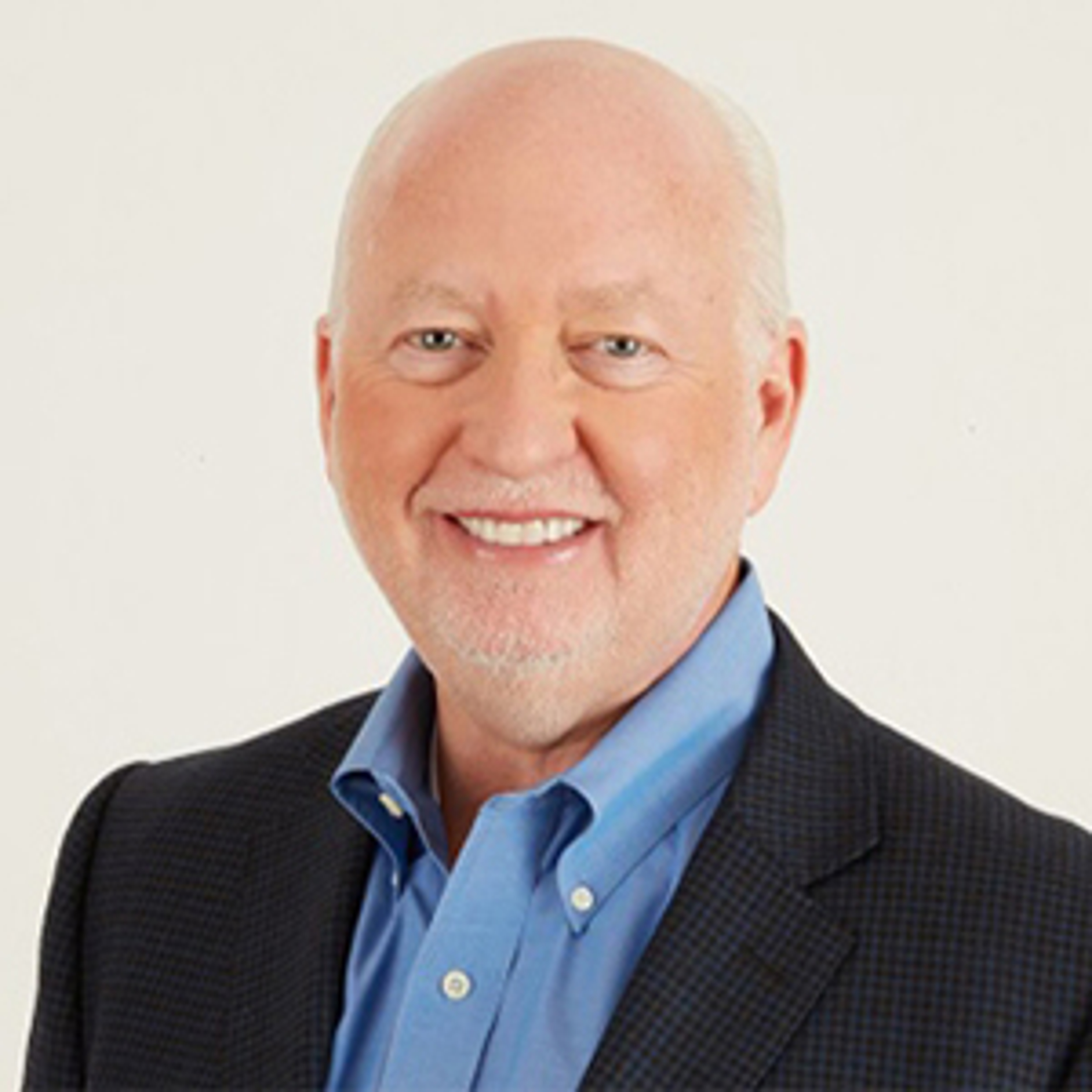How Work-Life Integration Is Reshaping Our Lives
As companies and workers change, we should think less about work-life balance and more about integrating the two.
Sep 01, 2024
Written by our Founder and CEO, our Celebrations Pulse Sunday Letters aim to engage with our community. From sharing stories to welcoming your ideas, we want to help you connect with and celebrate the important people in your life.
This weekend, we’re celebrating the contributions of workers while (and I’m sorry to say this) also acknowledging the unofficial end of summer. Labor Day gives us one last chance to soak up the sun before the weather shifts and activities move indoors.
Today, our focus should be on family, friends, and attending barbecues and pool parties with them – not on what’s waiting for us at the office on Tuesday. Yet, many of us will still sneak a peek at work emails or take a quick call to coordinate next week’s important meeting.
Is that really such a bad thing?
We’ve been told to maintain a strict work-life balance for years, keeping our professional and personal lives separate. Does advice like “Don’t bring work home” and “Don’t mix your personal life with your job” sound familiar?

All that’s easier said than done, especially these days. I’ve never found it easy to “forget” about work or home life. I talk and think about both regardless of my location. The challenge isn’t about a balance between the two; it’s about finding a way to make them work together.
Work-life integration
The nature of our relationship to work came up during a business meeting with Dr. George Everly, a renowned author and psychologist at the Johns Hopkins Bloomberg School of Public Health. He and I recently collaborated on a book, and he continues to advise 1-800-Flowers.com as part of its Connectivity Council.
As is often the case in my meetings with Dr. Everly, this conversation touched on a lot of subjects, some personal and some professional. Eventually, we started talking about “work-life balance” and he opined that the world should instead be thinking about work-life integration.
He pointed out that the constant flow of information and the maturation of remote technologies, especially post-pandemic, have reshaped our professional and personal lives. These worlds are now more interconnected, and both gain from this increased accessibility. He explained:

A generational change
Dr. Everly noted that it’s not just business needs that have evolved. Workers’ needs and expectations at the workplace have transformed, too.
In recent years, our offices have welcomed a wave of younger workers – likely a trend you’re noticing, too. Millennials (born between 1981 and 1996) now represent the largest share of the US workforce, at 38%.
Unlike earlier generations who often equated success with long hours and constant availability, today’s young professionals prefer seeking jobs that offer remote work options, flexible hours, and a culture that supports well-being. This likely stems from a desire to maintain mental and emotional well-being in the fast-paced and connected world in which they were born.
These conclusions were validated in a Worth magazine study of the most successful Millennials. It found that this generation in particular values experiences over material gains, often choosing career paths that allow them to blend personal passions with professional goals.
To meet the new needs of workers and companies, we need to be talking about how work and life can co-exist, co-mingle, and benefit from each other.

Integration in action
This evolution may not be easy for everyone to grasp. It requires employees and managers, particularly older ones, to rethink their existing perceptions about life inside and outside the office. It involves resetting long-established boundaries and demands discipline and planning.
And it’s important to point out that work-life integration does not mean obsessing over a project at home at the expense of family time or, on the flip side, canceling a day’s worth of meetings to run errands. Integration is about finding the right mix that works for bosses and employees.
As Dr. Everly emphasized, managers play an especially critical role in bridging the gap between work-life balance and work-life integration, guiding employees through the demands of a world that never switches off. Research shows that poor leadership can quickly turn “integration” into burnout.
As we celebrate a holiday dedicated to honoring workers, it’s important to recognize the evolving nature of work itself. This weekend isn’t just a celebration of past achievements; it’s a reminder of the ongoing need to adapt to a world where work-life integration is becoming the new norm.
If done correctly, we pave the way for a healthier, more sustainable future for the workers and companies of today and tomorrow.
All the best,
Jim












